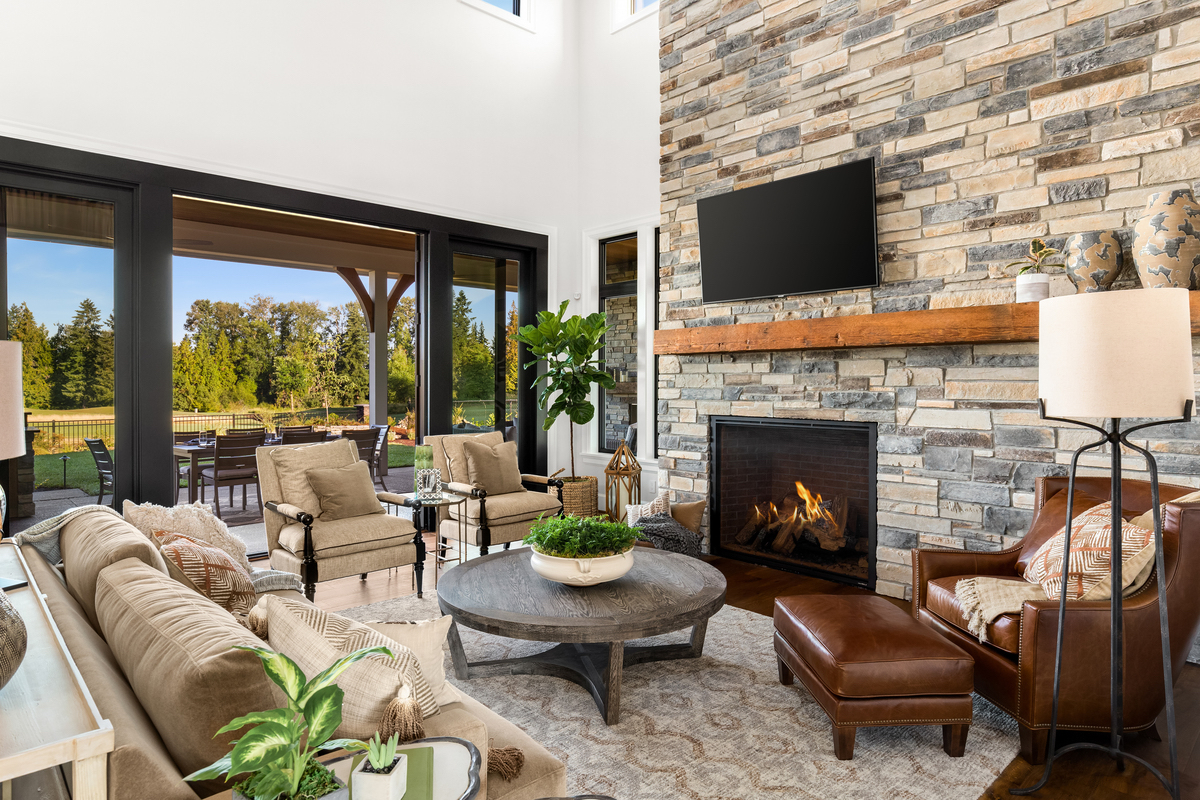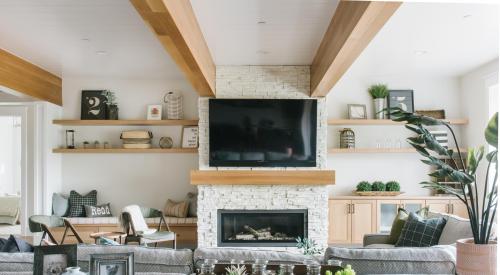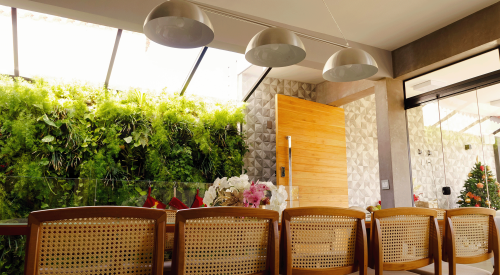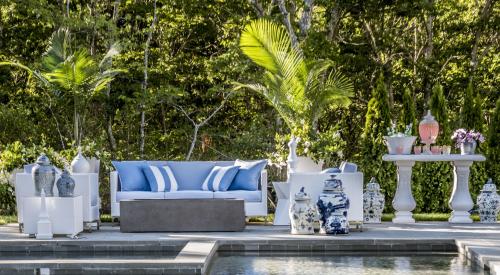Throughout the 20th century and into the 21st, workplaces and home spaces used to occupy two separate geographies for many of us. Each had its share of challenges, and we found unique ways of diluting the buildup of professional and personal stress through recreational activities in social spaces that lie outside of both work and home. Then came a global pandemic, and suddenly we found ourselves forcibly shifted into a new paradigm. More importantly, our customers are experiencing the change and its resulting “blended environment” of challenges, and they’re looking to us for answers.
How can we leverage design and construction solutions to diminish stress in our customers’ homes, or possibly even our own? One potential answer is to utilize the principles of biophilic design to help underscore our connections to the natural world and one another.
RELATED: Here’s Why We Need to Reconnect With Nature and Embrace Biophilic Design
What is Biophilic Design?
Simply put, biophilic design involves the use of natural or nature-inspired materials and textures within a space. This allows people to feel connected to the natural world even when they’re indoors, and it has a marked benefit to people’s physical and mental health. Numerous studies, such as the landmark Terrapin Bright Green report, “14 Patterns of Biophilic Design,” indicate that biophilic design solutions in homes and workplaces can reduce stress and lower heart rates and blood pressure while increasing creativity, productivity, and well-being.
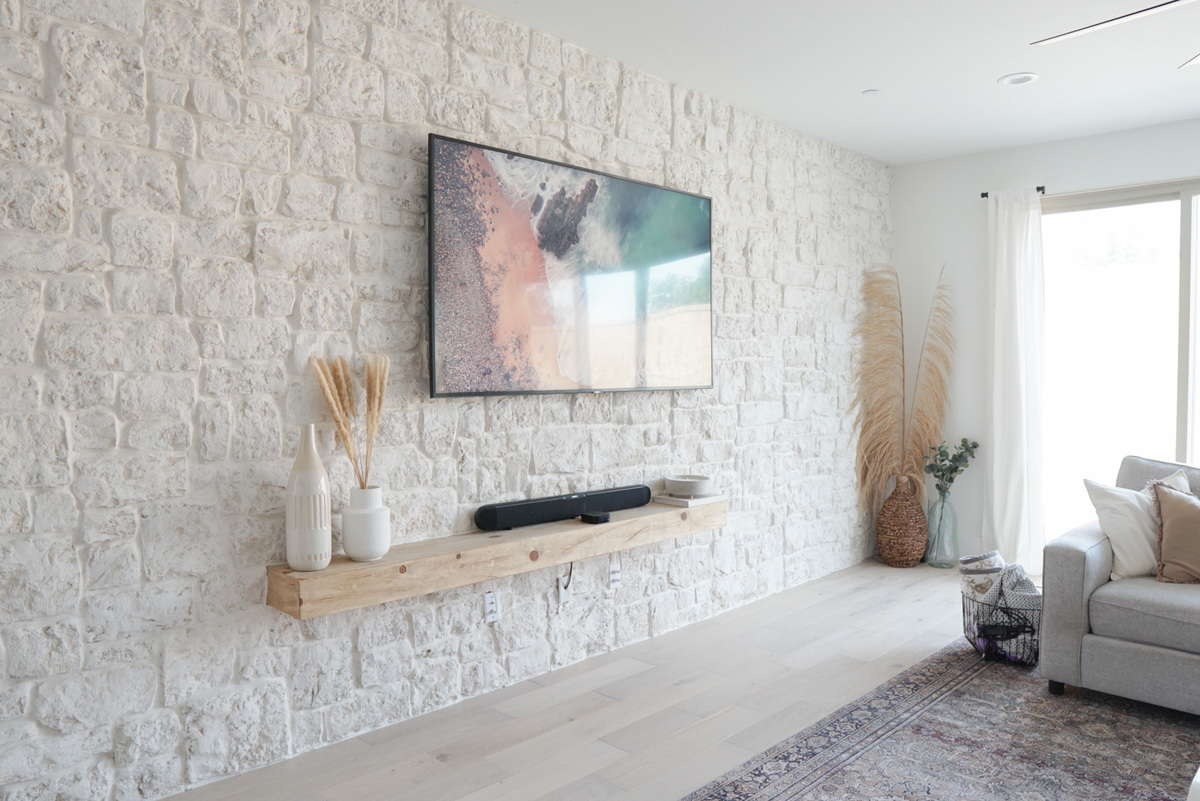
From adding greenery and emphasizing elemental accent pieces such as water or fire features, to incorporating light wells and statement walls in stone or wood, the possibilities are endless when it comes to showcasing natural elements in residential spaces. In turn, this provides a primal, multisensory component to the places where we spend most of our time and the experiences we enjoy in them.
Maximizing Biophilic Design: 3 Strategies
Here are three fundamental strategies to keep in mind when planning to incorporate elements of biophilic design into upcoming projects:
1. Lighten Up
Research suggests that incorporating natural sunlight into any space can help reduce stress and encourage healthy patterns of waking and sleeping. Beyond using larger windows and including overhead light wells to reduce our reliance on artificial light, several of the greatest innovations of our time are actively blending indoor and outdoor spaces.
Transitional features such as operable glass walls allow us to integrate the full benefits of outdoor elements, such as natural light, while ensuring that we can quickly take control of the indoor climate.
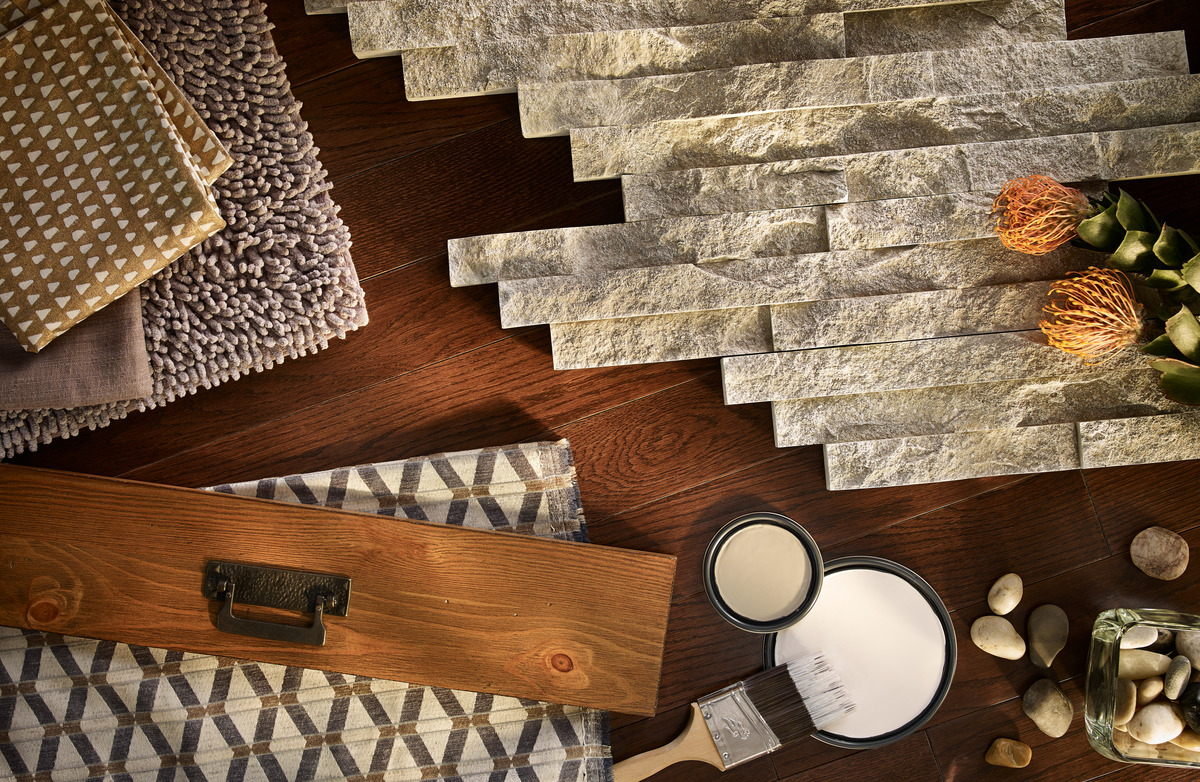
2. Embrace Earthy Accents
Greenery is the quickest and easiest way to enhance interior spaces with a direct connection to the outside world and a soothing pop of color. In addition to air filtration technology that typically remains “out of sight, out of mind,” providing plenty of nooks and display options for plants can inspire homeowners to contribute to their own respiratory health in a much more visible way.
For the truly committed, create an entire living wall and pair the plant life with easy-to-install stone veneer.
3. Bring the Outdoors In
Luxury spa designers have understood for eons that incorporating natural textures has a calming effect on their patrons. We can easily translate this same philosophy into residential design by utilizing a variety of sustainably manufactured surfaces, from wood and stone veneer products, to wallpaper with botanical prints and nature-inspired murals. At the end of the day, it all comes down to character, craftsmanship and connectedness to the world beyond our walls.
As nature-inspired design and construction solutions grow in terms of both quantity and sophistication, the possibilities are endless when it comes to designing for the unique spaces where we live, work and entertain. Biophilic design, then, provides us with a versatile framework for making smart choices about the homes we build and renovate by allowing us to remain rooted to the physical world.
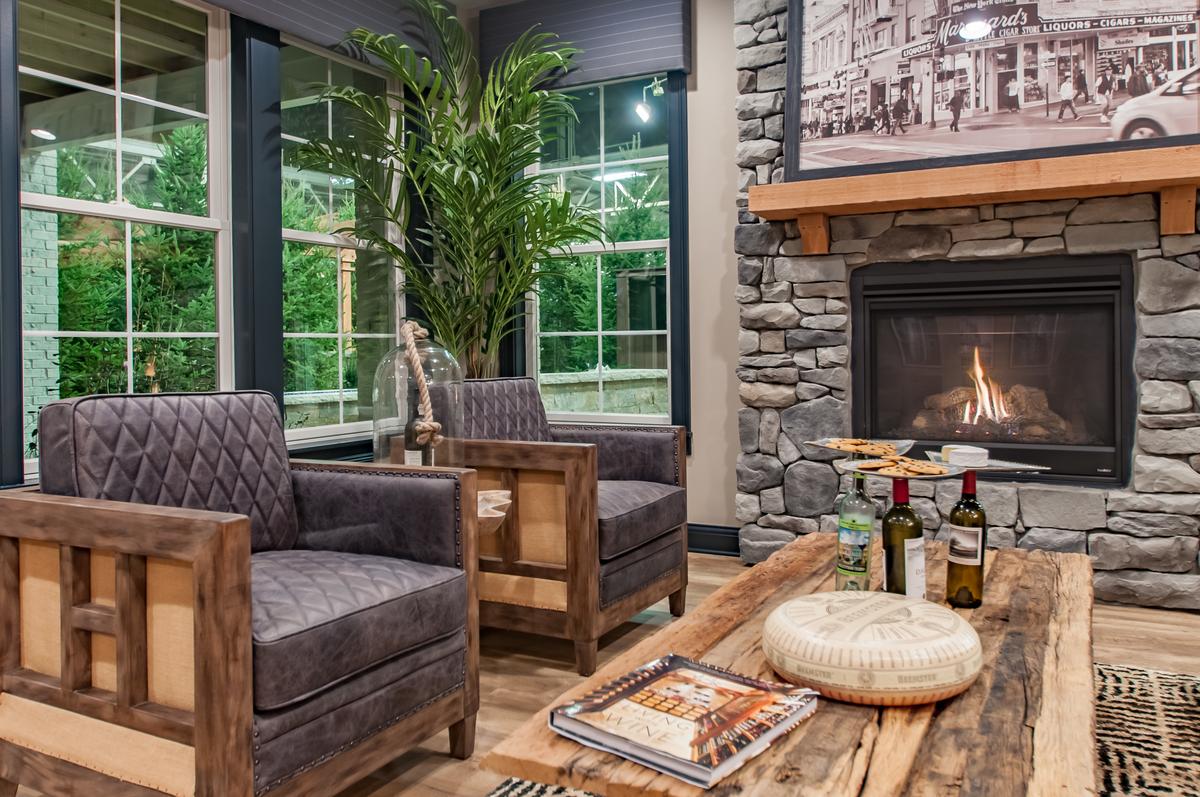
In addressing our common need for connection, the results are guaranteed to feel as timeless for our customers as the materials we utilize to shape the future.
Download our latest design guide, "Invite the Outdoors In With Striking Stone Veneer," for design ideas and inspiration. Just click the button below.
About the Author
Sarah Lograsso is the Director of Marketing and Product Design for Westlake Royal Building Products’ stone division of brands (Cultured Stone, Eldorado Stone, Kindred Outdoors + Surrounds, Versetta Stone, Dutch Quality, StoneCraft and ProStone), where she manages all of the brands’ marketing, advertising and promotional projects and objectives. She is well versed in manufactured stone and brick veneer, masonry techniques, biophilic design, fireplace surrounds, outdoor living, fire bowls, color and texture, and up-to-date industry and market trends.


